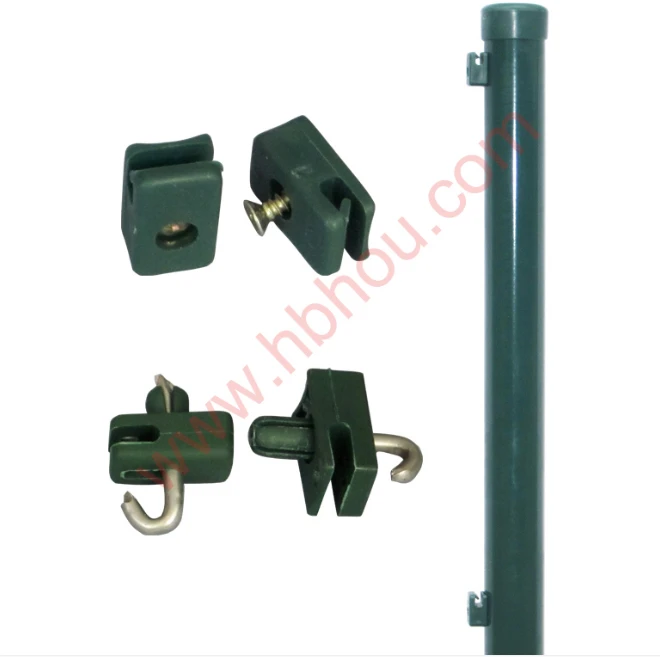The Intricacies of Soldering Iron and Wire An Essential Guide for Beginners
Soldering is a foundational skill in the world of electronics, automotive, crafts, and various DIY projects. At the heart of this skill lies one crucial tool the soldering iron. Understanding how to use a soldering iron effectively, particularly in conjunction with various types of wire, is essential for anyone looking to excel in hands-on electronics work. This article explores the key elements associated with soldering irons and wires, providing guidance for beginners and insights for seasoned enthusiasts.
What is a Soldering Iron?
A soldering iron is a handheld tool used to heat solder – a fusible metal alloy that melts when heated. It is typically composed of a metal tip with a heating element inside. When the solder touches the heated tip, it melts and flows onto the parts being joined, creating a solid electrical connection once cooled. The temperature of the soldering iron plays a critical role; most applications require temperatures between 350°F and 850°F, depending on the solder type and the materials being joined.
Types of Solder
Choosing the right solder is paramount for effective soldering. There are primarily two types of solder lead-based and lead-free. Lead-based solder, often composed of tin and lead, has excellent flow qualities and a lower melting point, making it easier to work with. However, due to health concerns regarding lead exposure, many are now opting for lead-free solder alternatives, which are typically made from metals like tin, copper, and silver. While lead-free solder has a higher melting point and can be more challenging to use, it is becoming increasingly common in both professional and hobbyist applications.
Selecting the Right Wire
Choosing the right wire is equally important when soldering. Wires come in various materials, gauges, and insulation types, each suited to different applications. Copper is the most commonly used material due to its excellent conductivity. However, for high-temperature environments, materials like aluminum or nickel may be more appropriate.
Wire gauges are measured according to the American Wire Gauge (AWG) system – a higher gauge number signifies a thinner wire. The choice of gauge depends on the application; for instance, heavier gauges (lower AWG numbers) are suited for power connections, while lighter gauges are used for signal wiring.
Additionally, wire insulation plays a significant role in performance. Common insulating materials include PVC, silicone, and Teflon. Selecting the right insulation type can prevent short circuits and ensure that the wire can withstand the operational conditions of your project.
soldering iron ka wire

Soldering Techniques
1. Preparation Before you start soldering, ensure that both the wire and connection points are clean and free of oxidation. Use fine sandpaper or a wire brush to remove any grime, which can impede the effectiveness of the solder.
2. Tinning the Wire Tinning is the process of applying a small amount of solder to the wire tip before making a connection. This ensures a better flow of solder and creates a stronger bond when joining parts.
3. Heating the Joint Place the soldering iron on the joint to be soldered. Allow it to heat for a second or two before introducing the solder. The solder should melt and flow into the joint, forming a secure bond.
4. Cooling Allow the joint to cool naturally after removing the soldering iron. Avoid blowing on it or moving the joint, as this can create a weak connection.
5. Inspection After the joint has cooled, inspect the soldered joint for smoothness and shine. A good connection should be shiny and hold its shape, whereas a dull or grainy appearance may indicate a cold solder joint that lacks a proper connection.
Safety Precautions
Soldering can pose health risks if not performed with care. Always work in a well-ventilated area to avoid inhaling fumes, wear safety glasses to protect your eyes from splashes of molten solder, and ensure you have a proper surface to work on to avoid burns.
Conclusion
Soldering irons and wires are fundamental tools for anyone working in electronics or related fields. By understanding the types of solder, selecting the appropriate wire, mastering soldering techniques, and prioritizing safety, beginners can set a solid foundation for successful projects. As skills develop, these principles allow for greater creativity and innovation in various applications, from repairing appliances to building complex electronic devices. The world of soldering is both challenging and rewarding, offering endless possibilities for learning and creation.
















